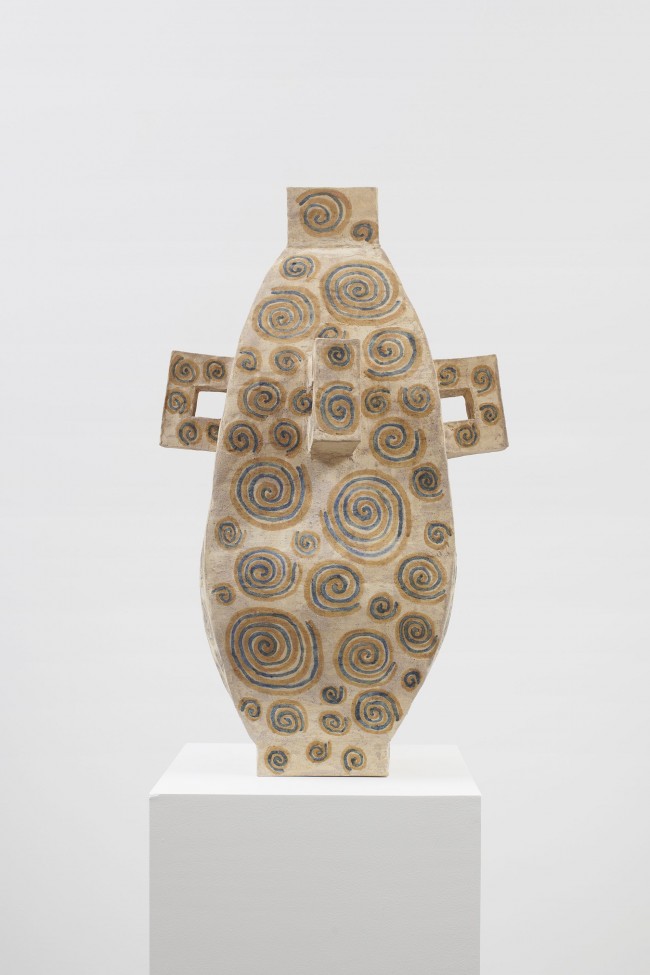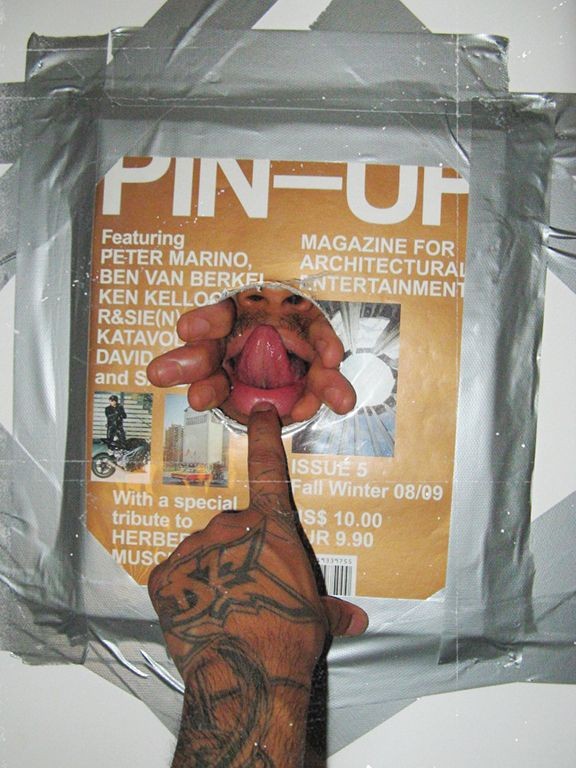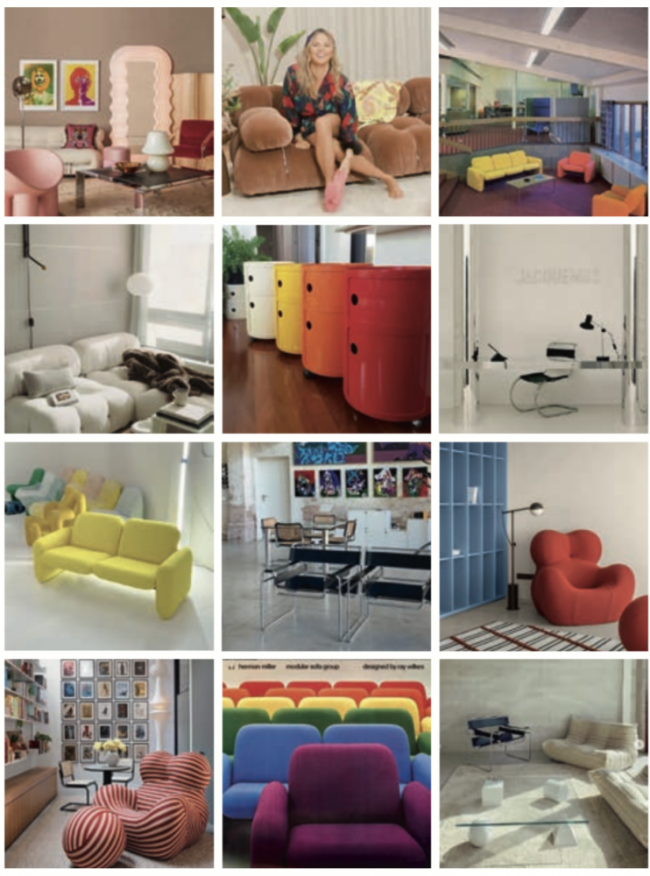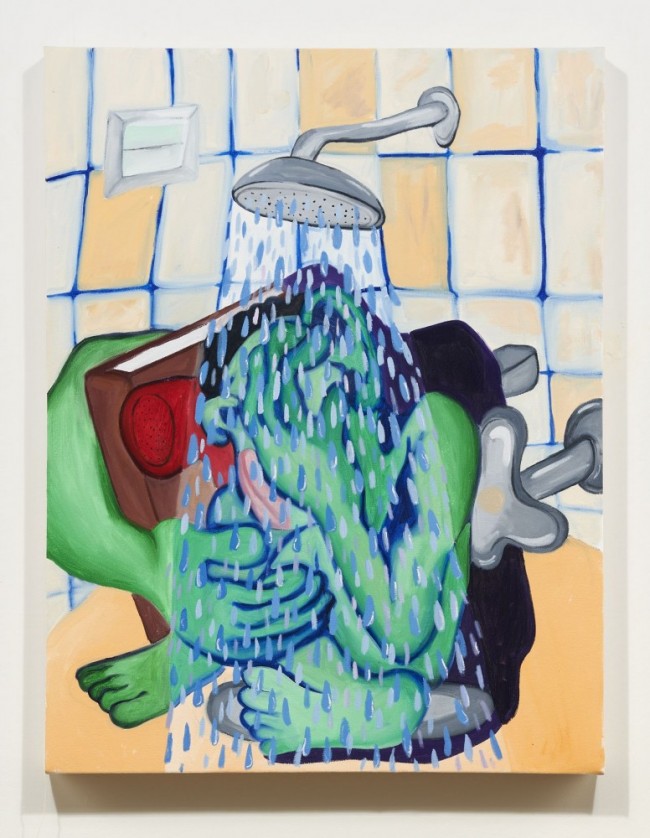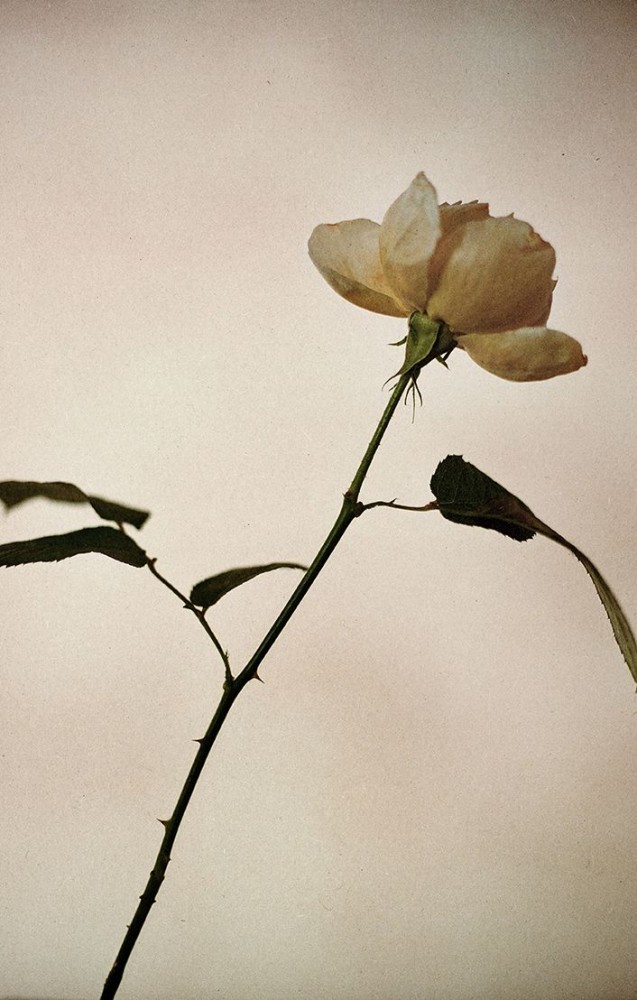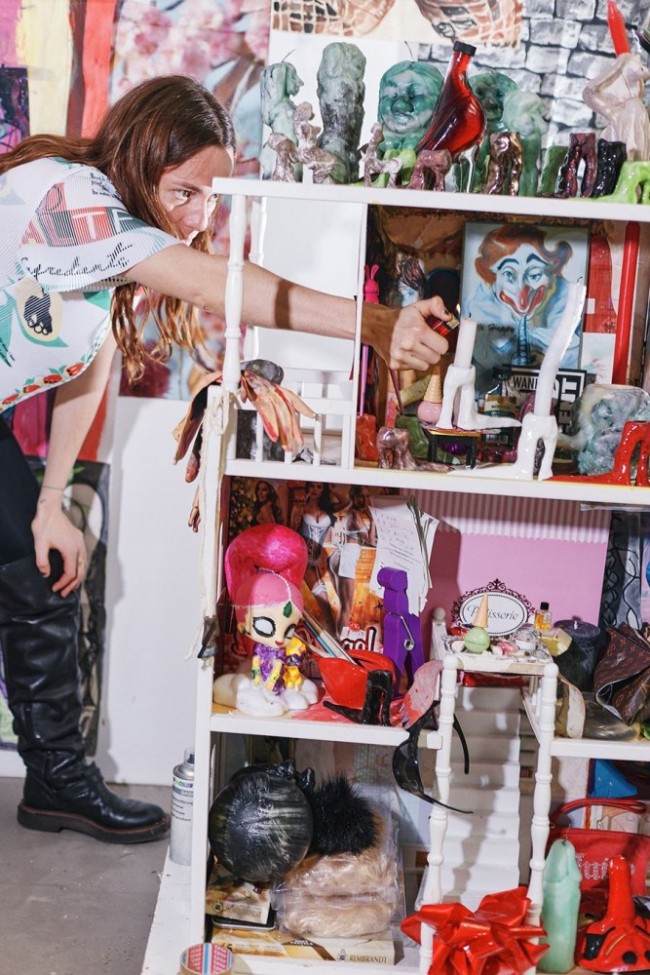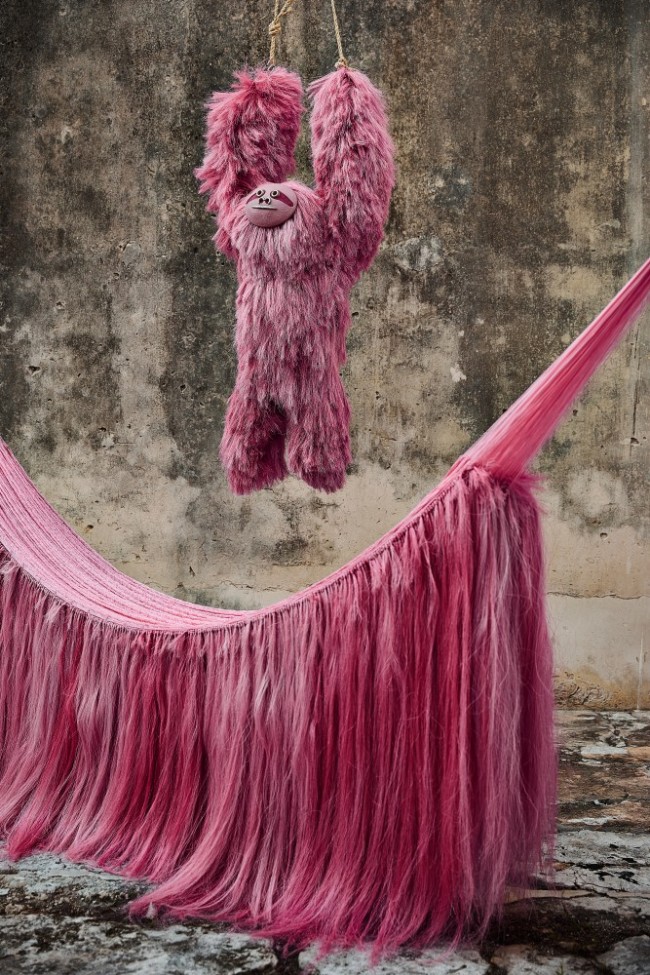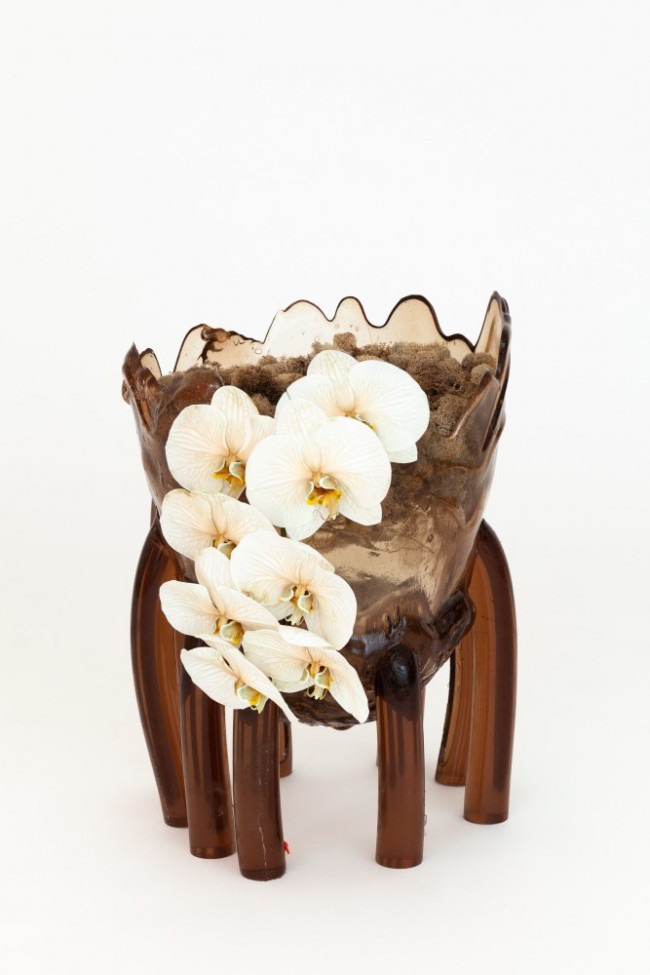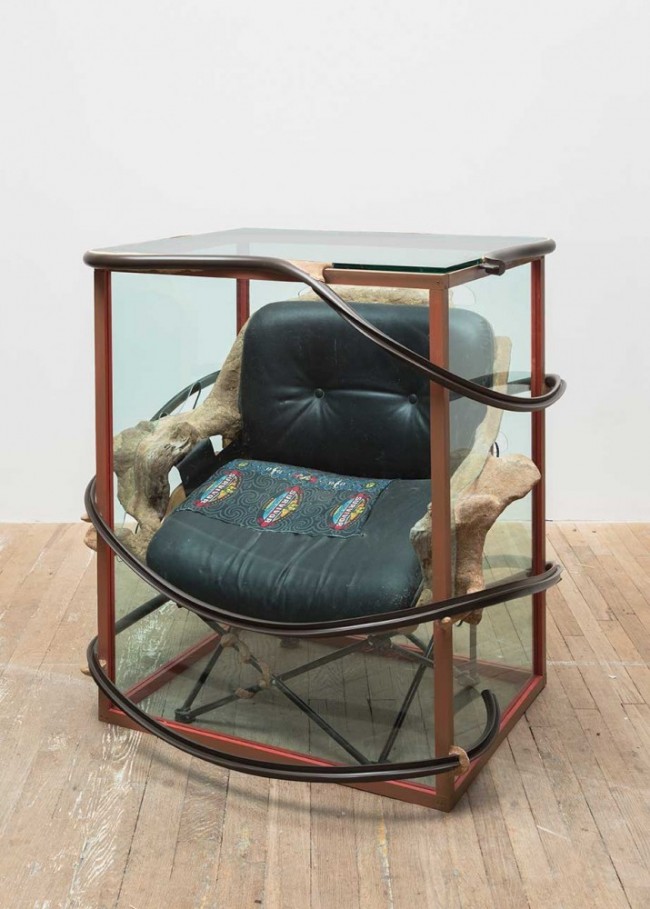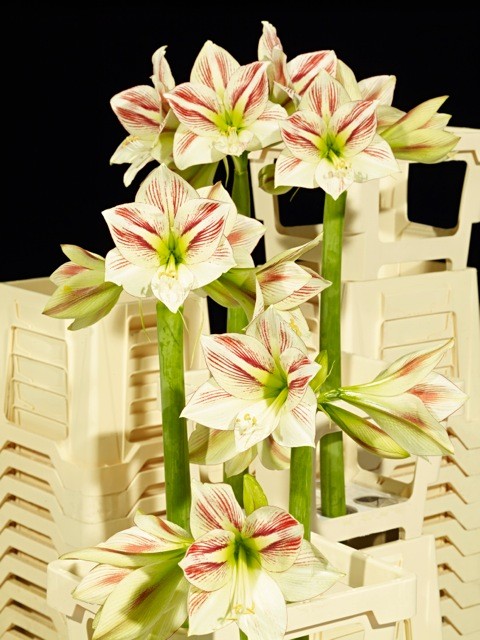FAMILIAR PATTERNS: The Origins of the Common Domestic Doily
For centuries the doily and its derivatives blossomed on domestic surfaces — tables and sideboards, sofas and armchairs, grand pianos and windowpanes — as the preservers of materials, traditions, and propriety. But now these guardians of the home have been all but exorcized from the modern interior with its receding living space, mandate for functionality, technological gadgetry, and mass-produced furniture with minimal shelf life.
To celebrate the sidelined subtleties of these much-maligned household accessories, PIN–UP asked photographers Maurice Scheltens and Liesbeth Abbenes to reframe the fragile fabrics, forcing them center stage and well-lit from all angles.
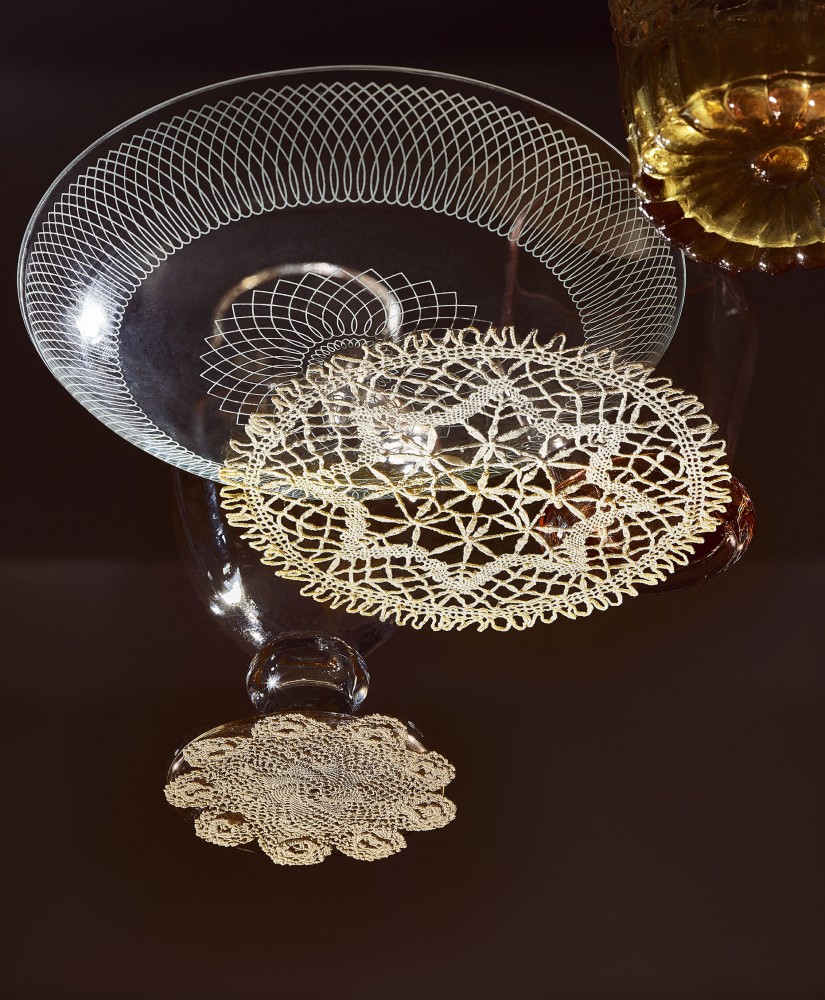
Photography by Maurice Scheltens and Liesbeth Abbenes.
In a more chivalrous age, doilies and their ilk were the white knights of the domestic realm, protecting furniture from, for example, Macassar oil, a hair pomade popular among 19th-century European men which left a greasy residue on fabric. Thus the antimacassar was born. The small lacy throws, often made in virginal white in order to withstand frequent wash and bleach, soon proliferated in every nook and cranny. To fill idle time, their (usually female) domestic designers came up with ever more elaborate creations. Some used bone or ivory bobbins to braid and twist single threads into alluring patterns; others employed embroidery, needlework, cutwork, or macramé for their unique designs.

Photography by Maurice Scheltens and Liesbeth Abbenes.
Where some aspired to the intricacy of snowflakes, others sought the exuberance of chrysanthemum blossoms, but whatever the reference, the more elaborate the doily’s design, the more it showcased prestige, lineage, and inventive crafts(wo)manship. But there was more to fight than just Macassar oil: doilies muted the harsh clanking of whiskey tumblers, softened the landing of a hot teapot serving afternoon Darjeeling, or quietened the push of a heavyweight crystal ashtray towards a cigar-smoker. They prevented stains, scratches, water rings, and bleaching. But doilies weren’t only functional: introducing lively accents and virtuous vitality into the darkness of wood-paneled rooms, their decorative aspect was often their true raison d'être.

Photography by Maurice Scheltens and Liesbeth Abbenes.
Although hygiene habits have evolved over the decades (wet wipes are merely a 7-Eleven away), doilies have never quite entirely vanished. Today they are usually associated with frump, flourishing in the dysfunctional hotels of quasi-socialist backwaters, lining the side tables of middle-American great aunts, decorating the cabinets of autocrats, and embellishing the anemic function rooms that host shady pharmaceutical conventions. In once-glamorous but now widely shunned jet set destinations such as Tehran or Cienfuegos, prestigious interior-design stores still enthusiastically stock doilies alongside plywood replicas of Louis XV settees and resin chandeliers. Moreover, the ostracized objects are curiously widespread in aesthetically advanced Japan, ubiquitously displayed in Toyota Crown Comfort taxis driven by white-gloved drivers. Neatly stretched over the headrests, the laser-cut versions are themselves protected by a layer of transparent vinyl to underscore the heightened Japanese sensibility for hygiene. The somewhat effeminate detail adds a particularly sinister frisson to movies featuring eye-twitching yakuza on their way to a revenge killing. Even cinema hemoglobin looks bloodier when splashed on white.

Photography by Maurice Scheltens and Liesbeth Abbenes.
But despite the doily’s decidedly kitsch reputation, its intricate detailing can still evoke the crisp cool of calligraphy, the magical sparkle of snowflakes, or the sartorial sophistication of a lace cuff.
Text by Eva Munz.
Artwork by Scheltens & Abbenes for PIN–UP 25.
Glass and ceramics from Nils Mevius and Sara Wensveen. Doilies from the collection of Ernst van der Hoeven. Special thank you to Gert Jonkers.









